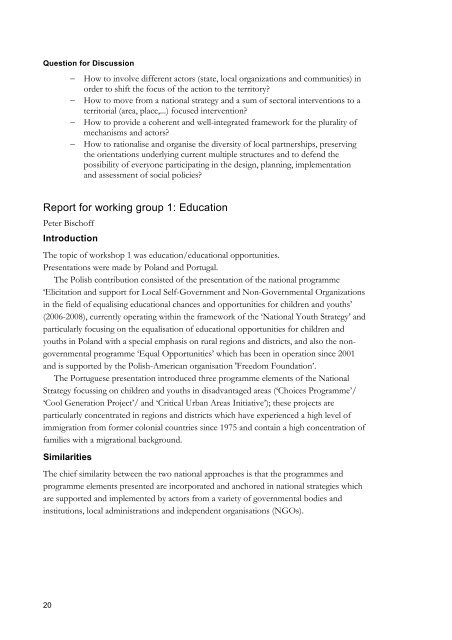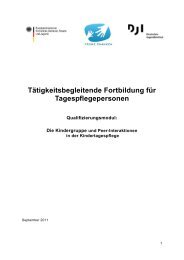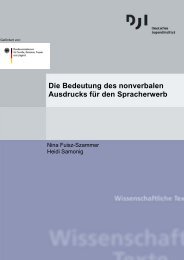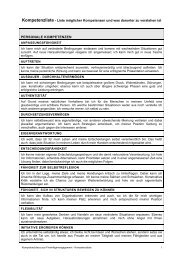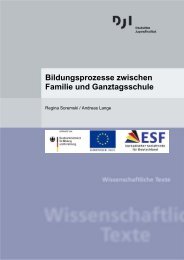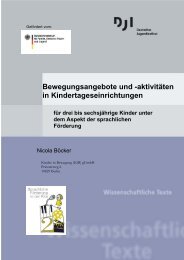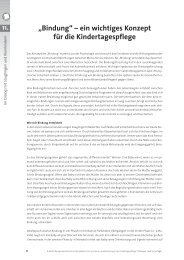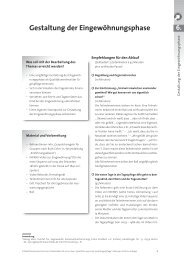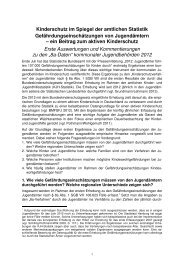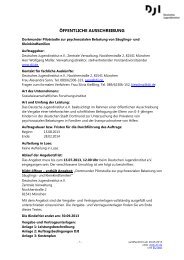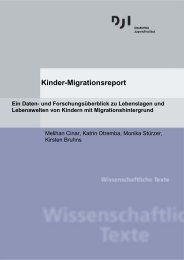download - Deutsches Jugendinstitut e.V.
download - Deutsches Jugendinstitut e.V.
download - Deutsches Jugendinstitut e.V.
Create successful ePaper yourself
Turn your PDF publications into a flip-book with our unique Google optimized e-Paper software.
Question for Discussion<br />
− How to involve different actors (state, local organizations and communities) in<br />
order to shift the focus of the action to the territory?<br />
− How to move from a national strategy and a sum of sectoral interventions to a<br />
territorial (area, place,...) focused intervention?<br />
− How to provide a coherent and well-integrated framework for the plurality of<br />
mechanisms and actors?<br />
− How to rationalise and organise the diversity of local partnerships, preserving<br />
the orientations underlying current multiple structures and to defend the<br />
possibility of everyone participating in the design, planning, implementation<br />
and assessment of social policies?<br />
Report for working group 1: Education<br />
Peter Bischoff<br />
Introduction<br />
The topic of workshop 1 was education/educational opportunities.<br />
Presentations were made by Poland and Portugal.<br />
The Polish contribution consisted of the presentation of the national programme<br />
‘Elicitation and support for Local Self-Government and Non-Governmental Organizations<br />
in the field of equalising educational chances and opportunities for children and youths’<br />
(2006-2008), currently operating within the framework of the ‘National Youth Strategy’ and<br />
particularly focusing on the equalisation of educational opportunities for children and<br />
youths in Poland with a special emphasis on rural regions and districts, and also the nongovernmental<br />
programme ‘Equal Opportunities’ which has been in operation since 2001<br />
and is supported by the Polish-American organisation 'Freedom Foundation’.<br />
The Portuguese presentation introduced three programme elements of the National<br />
Strategy focussing on children and youths in disadvantaged areas (‘Choices Programme’/<br />
‘Cool Generation Project’/ and ‘Critical Urban Areas Initiative’); these projects are<br />
particularly concentrated in regions and districts which have experienced a high level of<br />
immigration from former colonial countries since 1975 and contain a high concentration of<br />
families with a migrational background.<br />
Similarities<br />
The chief similarity between the two national approaches is that the programmes and<br />
programme elements presented are incorporated and anchored in national strategies which<br />
are supported and implemented by actors from a variety of governmental bodies and<br />
institutions, local administrations and independent organisations (NGOs).<br />
20


